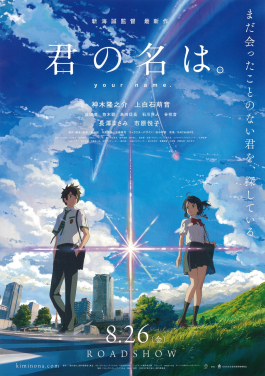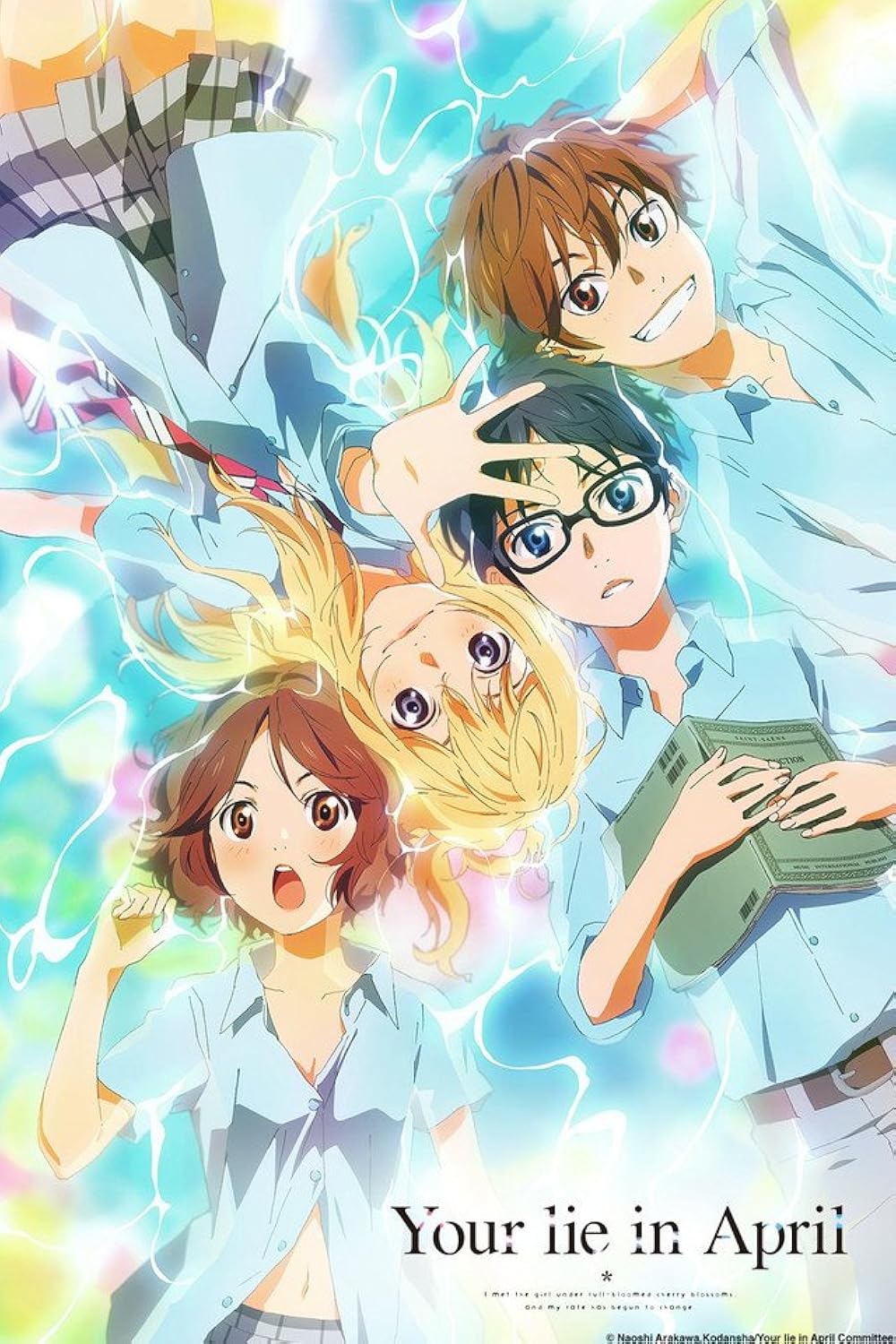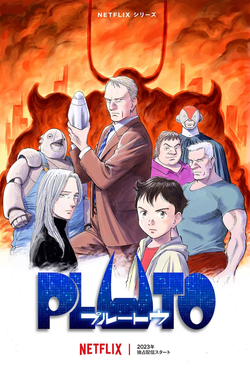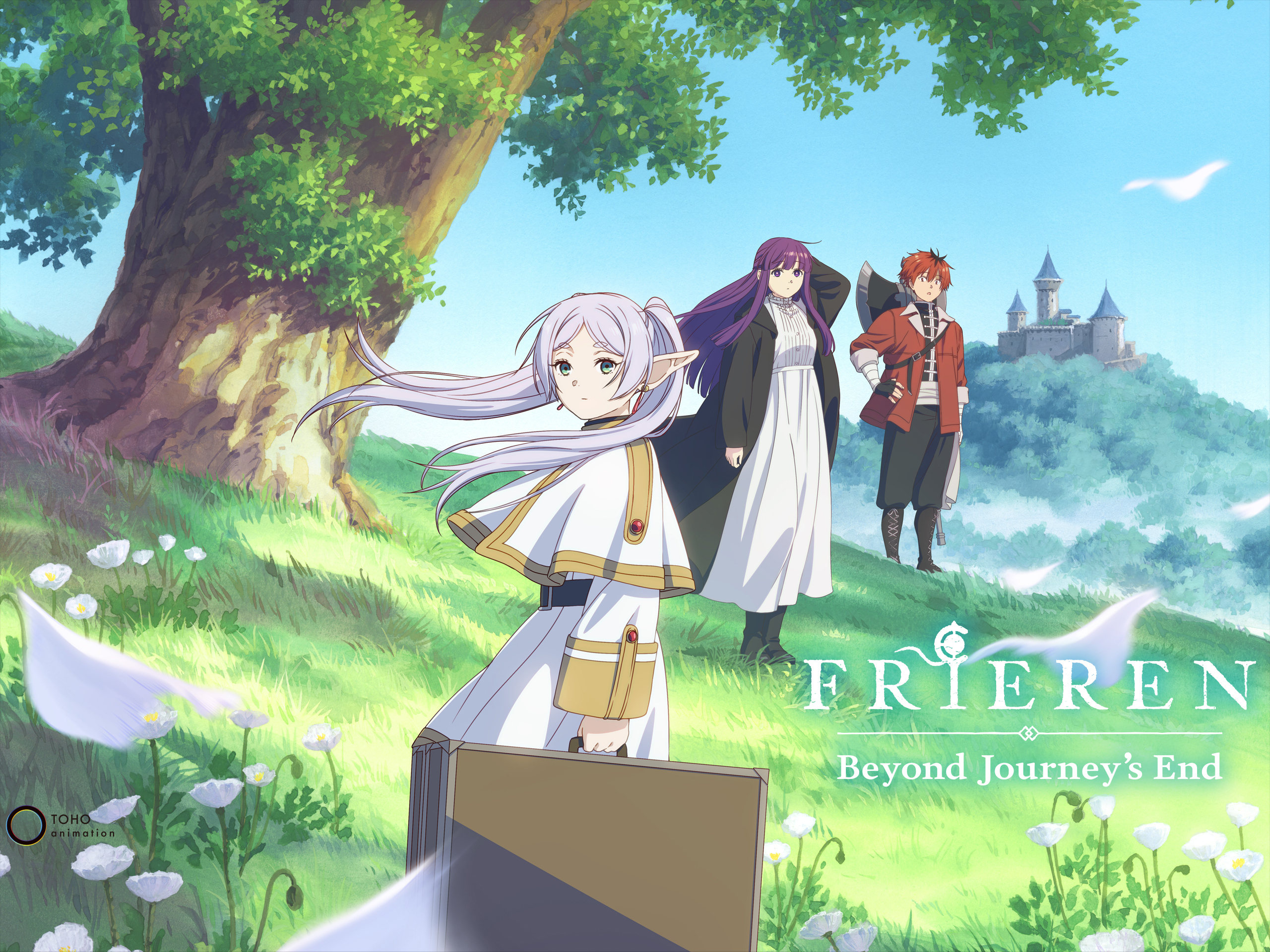A Thrilling Blend of Horror and Philosophy
Overview

When it comes to anime that seamlessly blend horror, action, and deep existential themes, Parasyte: The Maxim (Kiseijuu: Sei no Kakuritsu) stands out as one of the best. Released in 2014 and based on the manga Parasyte by Hitoshi Iwaaki, the anime takes viewers on a gripping, thought-provoking journey about identity, survival, and the fragile balance between humanity and nature.
What sets Parasyte apart from many other anime in the horror and sci-fi genre is its masterful storytelling. It isn’t simply a tale of humans fighting against an alien invasion—it is a much deeper, introspective exploration of what it means to be human. By examining the relationship between Shinichi and Migi, the show forces us to question the very essence of human emotion, morality, and the primal instinct to survive.
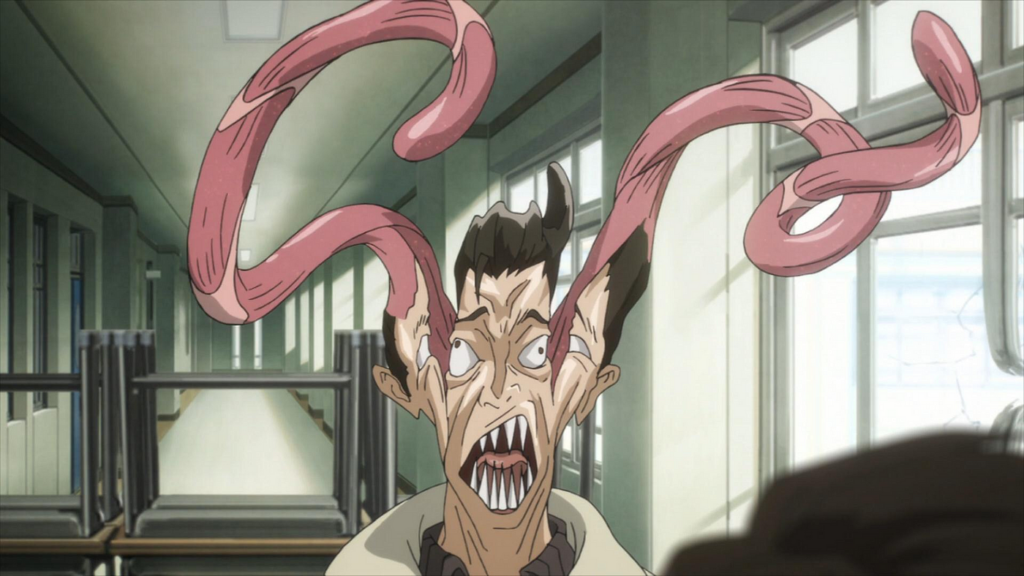
From its first episode, Parasyte hooks you with its eerie atmosphere and shocking premise. The grotesque body horror combined with fast-paced action keeps audiences on edge, while the evolving relationship between Shinichi and Migi adds layers of complexity that make it more than just a horror-action series. Every interaction, every fight, and every decision carries weight, making this anime an unforgettable experience for those who watch it.
Plot Summary
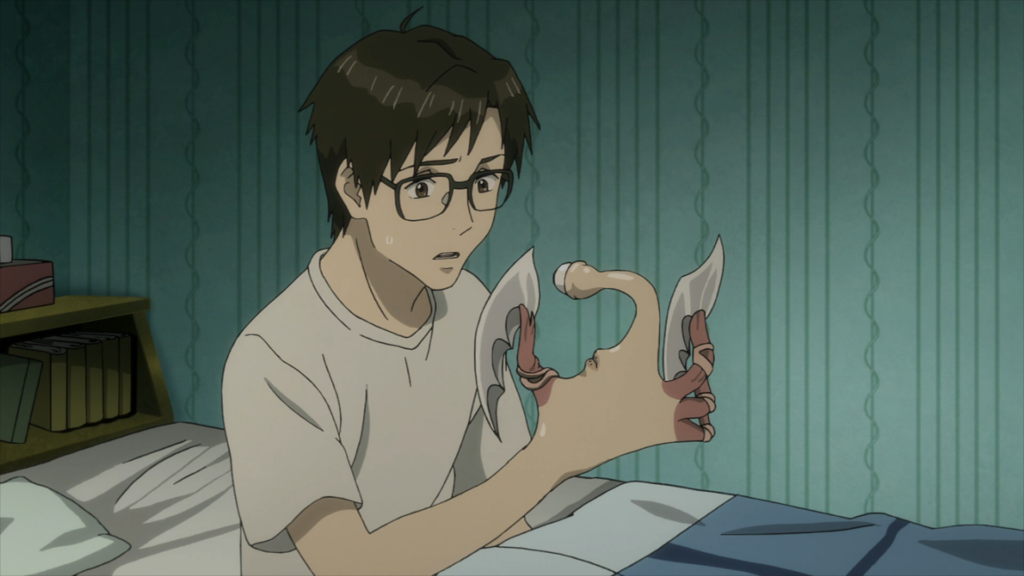
The story is set in a seemingly ordinary world, but things take a dark turn when parasitic alien creatures suddenly begin appearing on Earth. These organisms, small and worm-like, burrow into human hosts, traveling to the brain where they completely take control of their bodies. The infected humans maintain their original appearance but are now nothing more than vessels for these parasitic creatures, who use them to hunt and devour other humans. They are emotionless, efficient, and terrifyingly intelligent, able to mimic human behavior while harboring monstrous killing abilities.

The protagonist, Shinichi Izumi, is a high school student who unwittingly becomes involved in this horrifying invasion. One night, while sleeping, a parasite attempts to take over his body, but because Shinichi instinctively blocks it with his headphones, it fails to reach his brain and instead burrows into his right arm. Unlike other parasites that achieve full control over their hosts, this one remains separate, retaining its own independent consciousness while sharing a body with Shinichi. Over time, this parasite, which names itself Migi (meaning “right” in Japanese), develops its own intelligence and personality, creating a bizarre and unsettling partnership between the two.
At first, Shinichi is horrified by his situation. His right hand can shift and transform into grotesque, alien shapes, sprouting deadly blades and extending like a whip. Migi, being highly logical and emotionless, insists on prioritizing self-preservation above all else. It doesn’t care for human morality, compassion, or the well-being of others—only survival. This creates a stark contrast between the two, as Shinichi struggles to retain his humanity while dealing with the cold, calculating entity now living inside him.

As the story progresses, Shinichi finds himself in an escalating war against the parasites. Other infected humans begin appearing, some blending seamlessly into society while others unleash pure carnage, indiscriminately slaughtering humans. Shinichi is forced to fight these creatures to protect himself and those around him, but the more he fights, the more he changes. With each battle, he becomes physically stronger, more composed, and at times, disturbingly emotionless—traits that make him question whether he is still truly human.
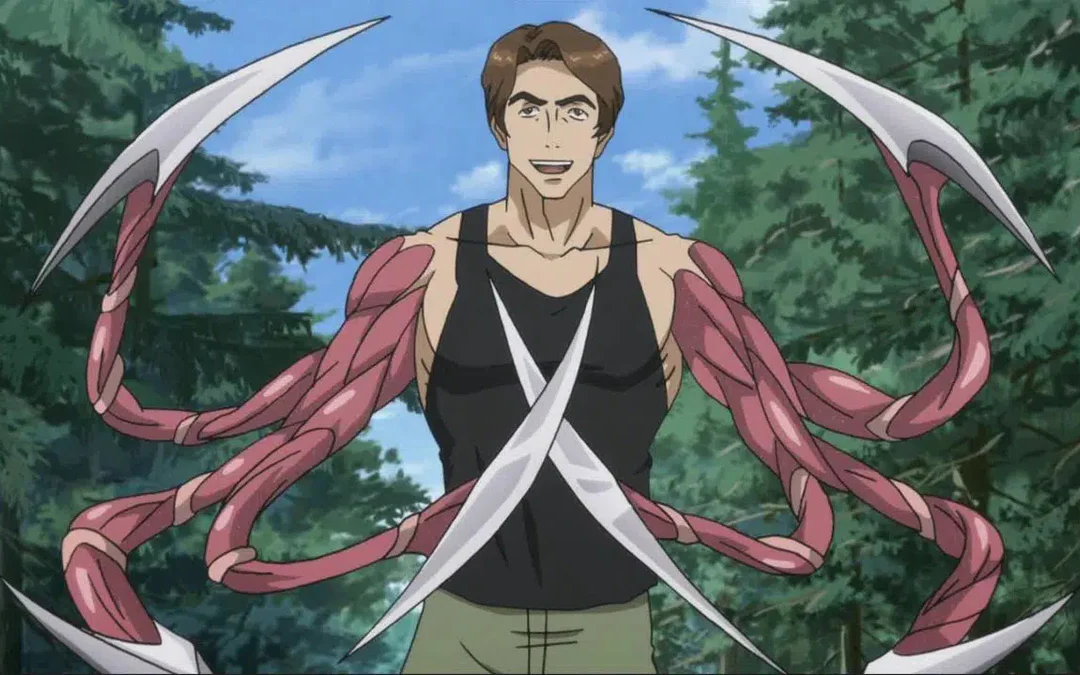
By the midpoint of the series, the stakes become even higher. The parasites begin infiltrating high levels of government and society, forming their own structured groups rather than just being individual threats. Some, like Ryouko Tamiya, begin experimenting with human emotions and psychology, raising the question of whether these creatures are mindless invaders or if they too are capable of adapting beyond their natural instincts. Meanwhile, Shinichi struggles with personal loss, moral dilemmas, and his ever-growing detachment from humanity, making his character evolution one of the most compelling aspects of the show.

The final stretch of the anime sees Shinichi face his greatest challenges yet, particularly in the form of Gotou, an advanced parasite hybrid capable of immense destruction. The battle against Gotou serves as the climax of Shinichi’s journey, forcing him to confront both external threats and the internal changes he has undergone. The anime ends on a thought-provoking note, questioning the nature of coexistence, the blurred lines between humans and parasites, and ultimately, what it means to survive.
Main Characters
Shinichi Izumi

Shinichi is the heart of the story. He begins as a shy, somewhat timid teenager who avoids conflict and lives an average high school life. However, his encounter with Migi changes everything, forcing him into battles he never could have imagined. Over the course of the series, Shinichi transforms—physically, emotionally, and mentally. He goes from being a regular boy to a hardened, almost inhuman warrior, leading to a deep internal struggle about his own identity. The gradual loss of his ability to express emotions, his increasing detachment from human concerns, and his thirst for vengeance against the parasites all make his character arc one of the most engaging in modern anime.
Migi

Migi is one of the most fascinating characters in the anime. As a parasite, it lacks emotions, operates purely on logic, and sees the world in black-and-white terms. It doesn’t care for morality or ethics—it simply does what is necessary to survive. However, through its time with Shinichi, Migi begins to change, subtly but surely developing traits that resemble human curiosity and attachment. This evolution makes their relationship incredibly dynamic, as Migi, despite being non-human, starts to understand Shinichi on a deeper level than even his fellow humans do.
Satomi Murano

Satomi serves as Shinichi’s emotional tether throughout the series. She represents normalcy and human connection, providing a stark contrast to the chaos in Shinichi’s life. Though she does not fully understand the changes happening within him, she is deeply affected by his increasing detachment. Her role highlights the emotional cost of Shinichi’s transformation, making her an essential part of the story’s emotional depth.
Ryouko Tamiya (Reiko Tamura)

Unlike other parasites, Ryouko takes a unique approach to human existence. Instead of acting purely on instinct, she becomes a researcher, studying humans and even raising a child to understand emotions better. Her complex character challenges the idea that all parasites are monsters, adding layers of philosophical questioning to the anime.
Gotou

Gotou serves as the ultimate representation of parasite evolution. A fusion of multiple parasites, he is nearly invincible and serves as Shinichi’s greatest challenge. He embodies the pinnacle of raw power and the survival-of-the-fittest ideology that runs throughout the series.
Final Thoughts

Parasyte: The Maxim is more than just a horror-action anime; it is a masterfully crafted story about identity, coexistence, and the philosophical complexities of life. Every battle, every loss, and every conversation serves a purpose, making it one of the most compelling anime of its genre. It’s an unforgettable experience that leaves viewers questioning what it truly means to be human.
Action Action Anime Adventure Animated Films Anime Anime Review Battle Royale Best Anime 2023 Best Anime 2024 Body Horror Emotional Anime Fantasy Fantasy Anime Friendship Frieren Beyond Journey’s End Gaming Anime Horror Anime Isekai Ishura Leveling Log Horizon Love Story Madhouse Magic MMORPG MonkeyDLuffy Monster Must-Watch Anime OnePiece Parasyte Player Psychological Psychological Thriller Romance Anime Sci-Fi Shangri-La Frontier Slice of Life Fantasy Sousou no Frieren Sunraku Supernatural Survival Time and Mortality Time Travel VRMMO Your Name


